Hyperauthorship: the Publishing Challenges for 'Big Team' Science
Studies involving hundreds, even thousands, of scientists are on the rise, but how do such large groups coordinate their work?
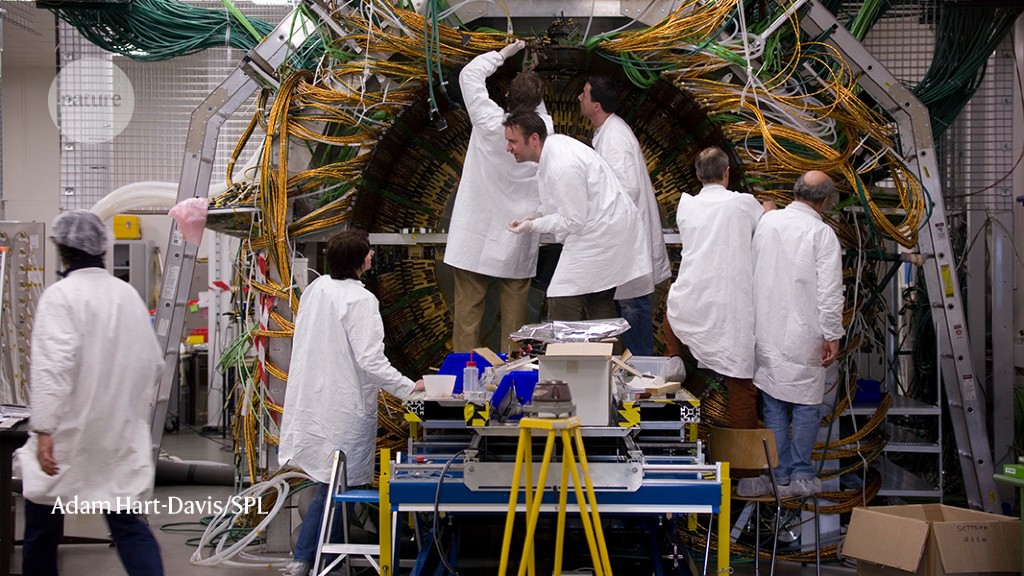
Send us a link
Studies involving hundreds, even thousands, of scientists are on the rise, but how do such large groups coordinate their work?

Can science papers be more transparent with respect to who thought of each idea, who ran each experiment, and who analysed the data?
Research-integrity survey also suggests that there is a split in US- and Europe-based researchers' perceptions of 'questionable research practices'.

The open data revolution won't happen unless the research system values the sharing of data as much as authorship on papers.

Authorship represents a highly discussed topic in nowadays academia. The share of co-authored papers has increased substantially in recent years allowing scientists to specialize and focus on specific tasks. But what does authorship actually mean in the social sciences?

To keep authorship fair, journals in all fields should list authors based on their contribution rather than in alphabetical order.
When scientists in California and around the world finally solved the mystery of gravitational waves last year, only one question remained: Who should get credit for the discovery?

The academic discovery space seems to be buzzing again. This space has become relatively stable after the introduction and maturity of Web Scale Discovery between 2009-2013, but things seem to be hotting up once again
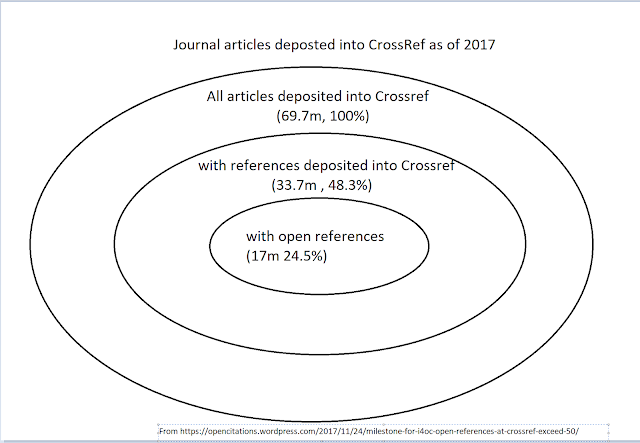
Inequality is reproduced (and whiteness is institutionalized) by citation patterns as earlier periods of overt exclusion are legitimated by an almost ritualistic citation of certain thinkers.
To what extent should academic hiring and promotional bodies apply a discount for articles with many authors?

A report from a short project using natural language processing and machine learning on open-access content to understand what lies beneath a citation.
Reasons to adopt the ORCID identifier and accept the CRediT taxonomy.
Fixing the problems with seeing, finding, and using software mentioned in the literature.
Ensuring appropriate credit and recognition in increasingly collaborative research involving multiple investigators and research groups.
Some scholars add authors to their research papers or grant proposals even when those individuals contribute nothing to the research effort.
When fellow scientists critiqued Mark Jacobson, he took their dispute to court.

Scientific careers are built on recognition. It influences every stage of employment, from obtaining your first postdoc to landing an academic position or winning funding.
Journals are adopting policies that require the disclosure of individual authors’ contributions. However, it is not clear whether and how these disclosures improve upon the conventional approach.
Professor Aled Edwards asks why we need an Intellectual Property law.
An easy to apply, universally comparable and fair metric to measure and report co-authors contribution in the scientific literature.
The author line provides no adequate information on the qualitative contribution of the single persons listed.
1 experiment. 1,011 people. Here's the full list of the legion of the unsung.
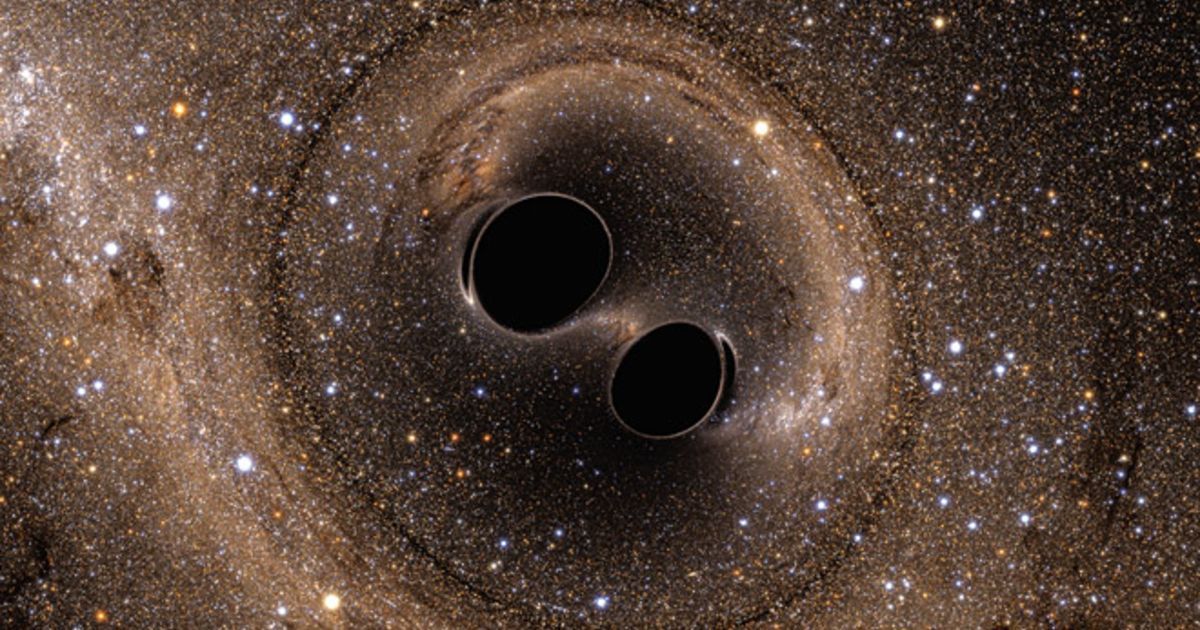
Glen Wright on the lighter side of scholarly collaboration

Getting researcher buy-in to new tools and systems can be challenging - even when those tools are intended to help free them of administrative burden.
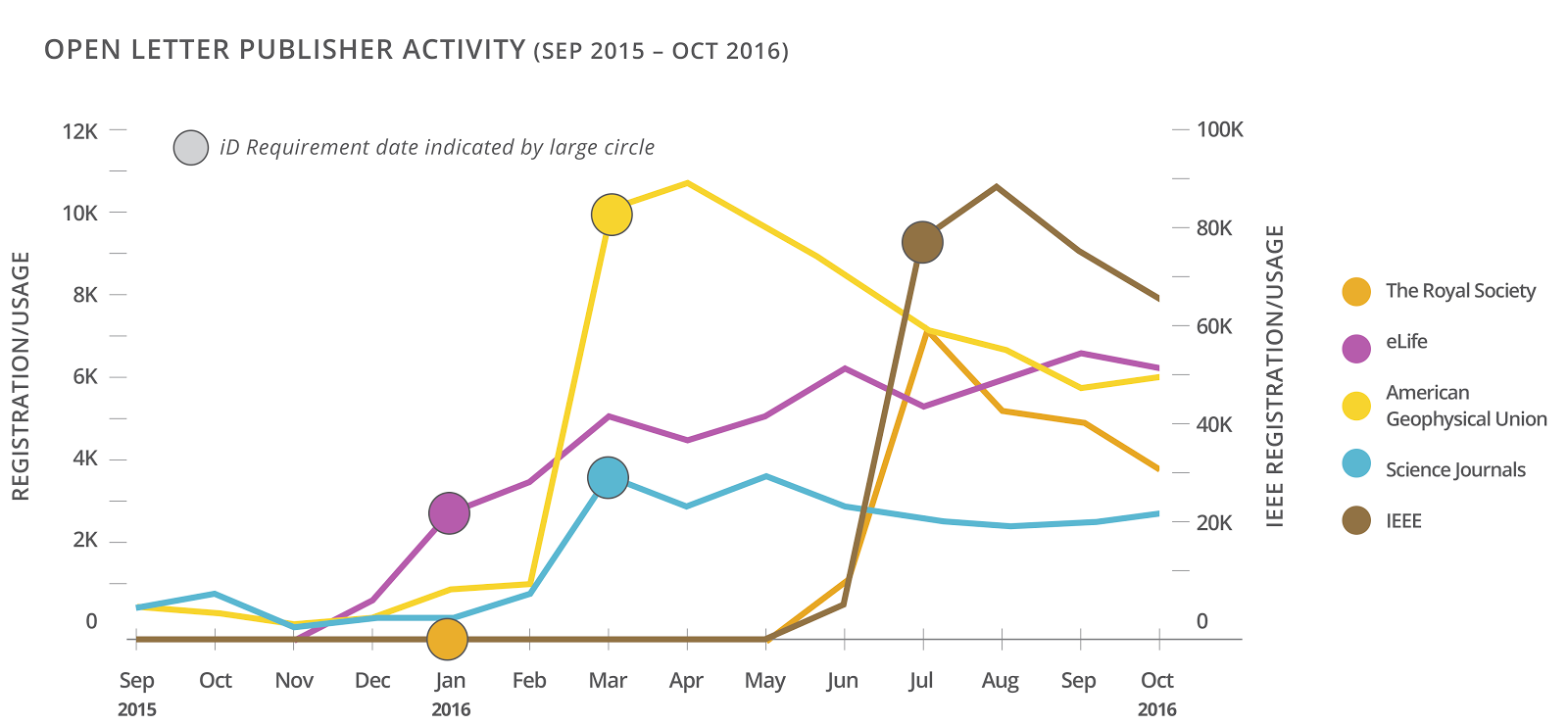
Scientific publications are getting more and more names attached to them
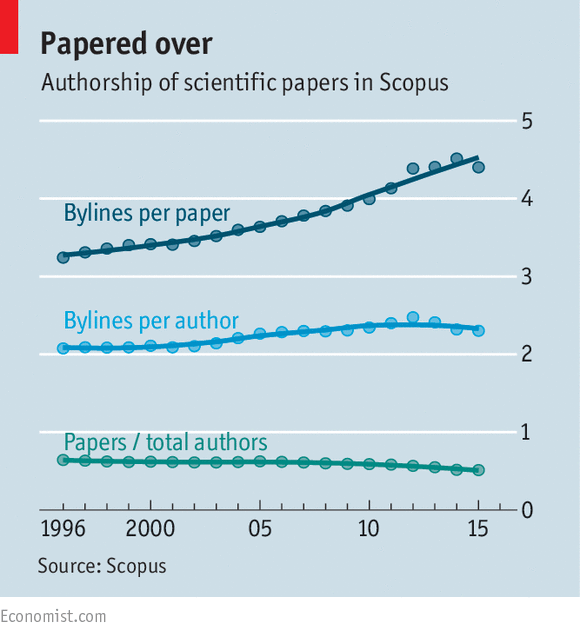
There is a growing trend of authors purchasing a spot on the author list of papers-for-sale – and the better the journal, the higher the price.
Badges that acknowledge open practices significantly increase sharing of reported data and materials, as well as subsequent accessibility, correctness, usability, and completeness.
A system of academic endorsement based on blockchain technology would be decoupled from the publication process, which would allow expeditious appraisal of all kinds of scientific output in a transparent manner without relying on any central authority.
Citation indicators addressing total impact, co-authorship, and author positions offer complementary insights about impact. This article shows that a composite score including six citation indicators identifies extremely influential scientists better than single indicators.